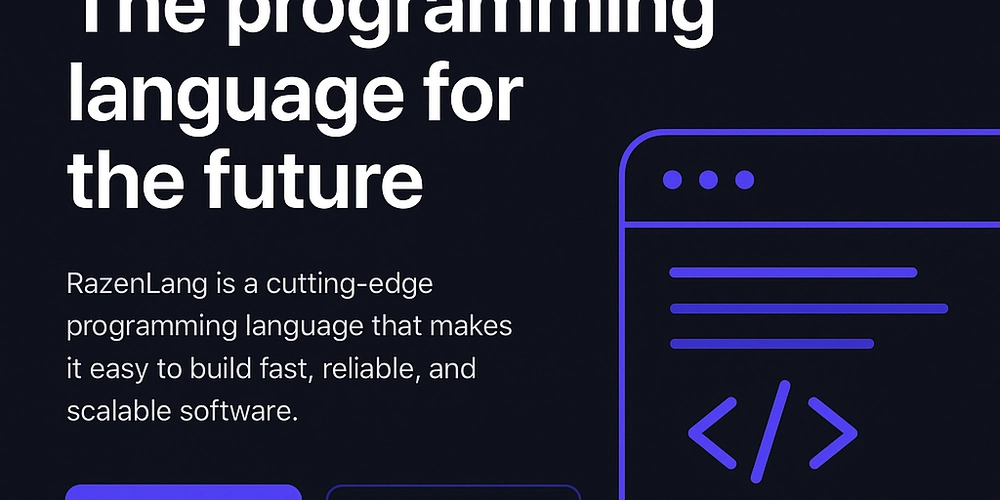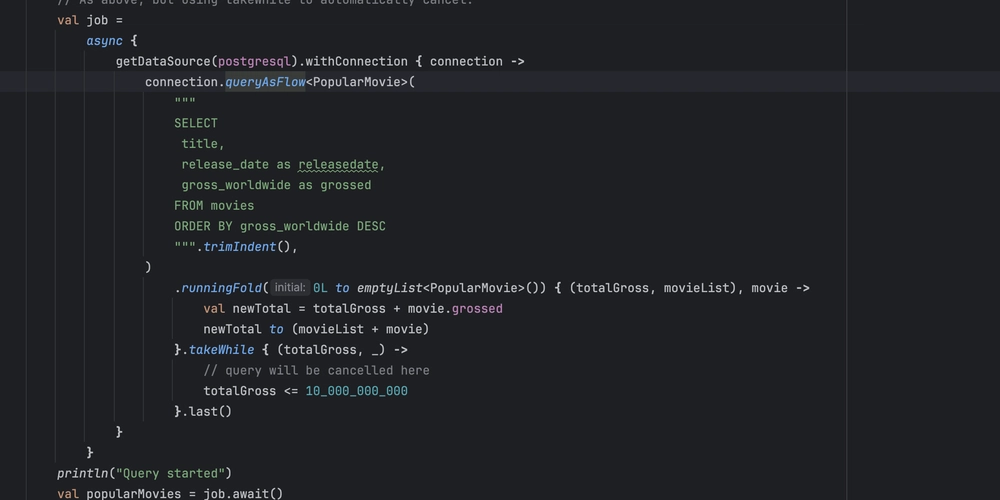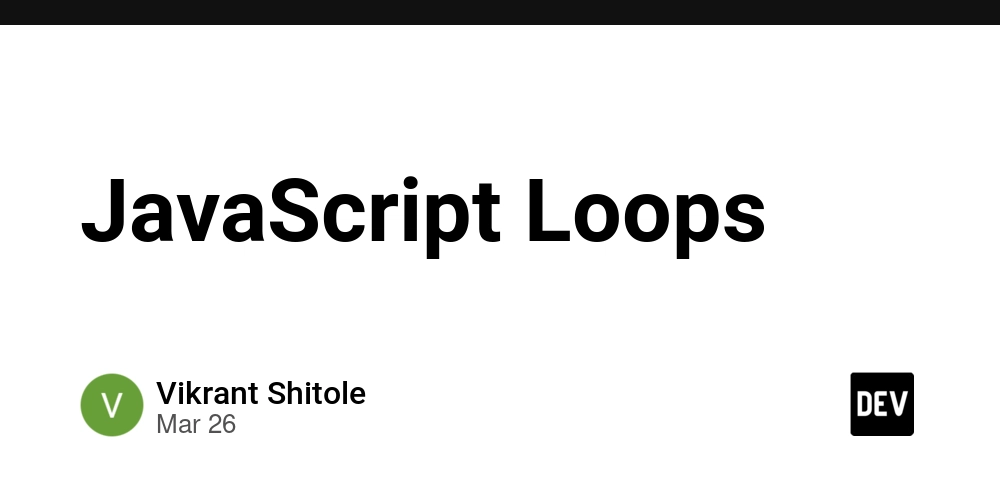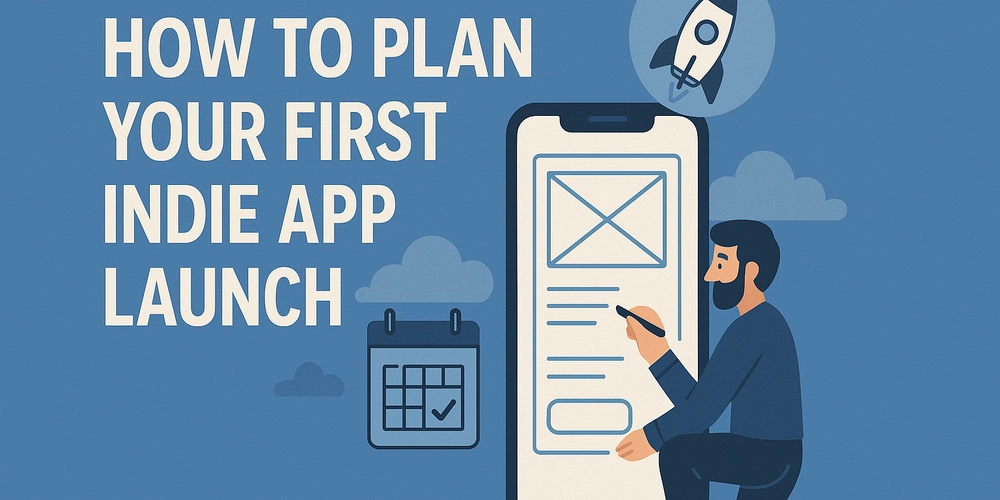How to Build a Task Manager API with Django REST Framework: Part 2
Introduction Welcome back to our Django REST Framework (DRF) adventure! In Part 1, we laid the groundwork by setting up a Django project, installing DRF, and crafting a Task model. Now, in Part 2, we’re diving into the fun stuff—building API endpoints to Create, Read, Update, and Delete (CRUD) tasks. By the end of this guide, your Task Manager API will be fully functional, and ready to test with tools like Postman or DRF’s browsable API. Let’s make your API come alive, step by step! Table of Contents Step 1: Create a Serializer Step 2: Build API Views Step 3: Define URL Routes Step 4: Test the API Conclusion What’s Next? Step 1: Create a Serializer Serializers are the bridge between your Django models and JSON data—perfect for REST APIs. Let’s create one for our Task model. In your tasks app, create a new file called serializers.py and add: from rest_framework import serializers from .models import Task class TaskSerializer(serializers.ModelSerializer): class Meta: model = Task fields = '__all__' What’s happening here? The TaskSerializer automatically converts Task model instances into JSON (and back again) using DRF’s ModelSerializer. The fields = '__all__' line includes all model fields—title, description, completed, and created_at—in the API responses. Step 2: Build API Views Time to define the views that power our CRUD operations! DRF’s generic views make this a breeze. Open tasks/views.py and update it with: from rest_framework import generics from .models import Task from .serializers import TaskSerializer class TaskListCreateView(generics.ListCreateAPIView): queryset = Task.objects.all() serializer_class = TaskSerializer class TaskDetailView(generics.RetrieveUpdateDestroyAPIView): queryset = Task.objects.all() serializer_class = TaskSerializer Breaking it down: TaskListCreateView: Handles GET (list all tasks) and POST (create a new task). TaskDetailView: Manages GET (retrieve a task), PUT (update a task), and DELETE (delete a task) for a specific task ID. DRF’s generic class-based views (CBVs) save us from writing boilerplate code—efficiency at its finest! Step 3: Define URL Routes Let’s wire up our views with URL routes so users can hit those endpoints. Create or edit tasks/urls.py with: from django.urls import path from .views import TaskListCreateView, TaskDetailView urlpatterns = [ path('tasks/', TaskListCreateView.as_view(), name='task-list-create'), path('tasks//', TaskDetailView.as_view(), name='task-detail'), ] Then, connect it to your project’s main taskmanager/urls.py: from django.urls import path, include urlpatterns = [ path('api/', include('tasks.urls')), ] Your API endpoints are now live: GET /api/tasks/ - Fetch all tasks POST /api/tasks/ - Add a new task GET /api/tasks/{id}/ - View a specific task PUT /api/tasks/{id}/ - Update a task DELETE /api/tasks/{id}/ - Remove a task Step 4: Test the API Start the Django development server: python manage.py runserver Now, let’s test your shiny new API with these methods: Django’s Browsable API Visit http://127.0.0.1:8000/api/tasks/ in your browser. DRF’s built-in interface lets you: View all tasks Create a new task with a simple form Update or delete tasks by navigating to http://127.0.0.1:8000/api/tasks/{id}/ Browsable API Postman Use Postman to send requests: GET http://127.0.0.1:8000/api/tasks/ - List tasks POST http://127.0.0.1:8000/api/tasks/ - Add a task (include JSON like {"title": "Test Task", "description": "Testing API"}) PUT or DELETE on http://127.0.0.1:8000/api/tasks/{id}/ Postman Testing New to Postman? Check out this quick guide. cURL For command-line fans: List tasks: curl -X GET http://127.0.0.1:8000/api/tasks/ Create a new task: curl -X POST -H "Content-Type: application/json" \ -d '{"title": "Second Series", "description": "Write Part 2 of Task Manager API", "completed": false}' \ http://127.0.0.1:8000/api/tasks/ Conclusion

Introduction
Welcome back to our Django REST Framework (DRF) adventure! In Part 1, we laid the groundwork by setting up a Django project, installing DRF, and crafting a Task model. Now, in Part 2, we’re diving into the fun stuff—building API endpoints to Create, Read, Update, and Delete (CRUD) tasks. By the end of this guide, your Task Manager API will be fully functional, and ready to test with tools like Postman or DRF’s browsable API.
Let’s make your API come alive, step by step!
Table of Contents
- Step 1: Create a Serializer
- Step 2: Build API Views
- Step 3: Define URL Routes
- Step 4: Test the API
- Conclusion
- What’s Next?
Step 1: Create a Serializer
Serializers are the bridge between your Django models and JSON data—perfect for REST APIs. Let’s create one for our Task model.
In your tasks app, create a new file called serializers.py and add:
from rest_framework import serializers
from .models import Task
class TaskSerializer(serializers.ModelSerializer):
class Meta:
model = Task
fields = '__all__'
What’s happening here?
The TaskSerializer automatically converts Task model instances into JSON (and back again) using DRF’s ModelSerializer. The fields = '__all__' line includes all model fields—title, description, completed, and created_at—in the API responses.
Step 2: Build API Views
Time to define the views that power our CRUD operations! DRF’s generic views make this a breeze.
Open tasks/views.py and update it with:
from rest_framework import generics
from .models import Task
from .serializers import TaskSerializer
class TaskListCreateView(generics.ListCreateAPIView):
queryset = Task.objects.all()
serializer_class = TaskSerializer
class TaskDetailView(generics.RetrieveUpdateDestroyAPIView):
queryset = Task.objects.all()
serializer_class = TaskSerializer
Breaking it down:
- TaskListCreateView: Handles GET (list all tasks) and POST (create a new task).
- TaskDetailView: Manages GET (retrieve a task), PUT (update a task), and DELETE (delete a task) for a specific task ID.
- DRF’s generic class-based views (CBVs) save us from writing boilerplate code—efficiency at its finest!
Step 3: Define URL Routes
Let’s wire up our views with URL routes so users can hit those endpoints.
Create or edit tasks/urls.py with:
from django.urls import path
from .views import TaskListCreateView, TaskDetailView
urlpatterns = [
path('tasks/', TaskListCreateView.as_view(), name='task-list-create'),
path('tasks//', TaskDetailView.as_view(), name='task-detail'),
]
Then, connect it to your project’s main taskmanager/urls.py:
from django.urls import path, include
urlpatterns = [
path('api/', include('tasks.urls')),
]
Your API endpoints are now live:
- GET /api/tasks/ - Fetch all tasks
- POST /api/tasks/ - Add a new task
- GET /api/tasks/{id}/ - View a specific task
- PUT /api/tasks/{id}/ - Update a task
- DELETE /api/tasks/{id}/ - Remove a task
Step 4: Test the API
Start the Django development server:
python manage.py runserver
Now, let’s test your shiny new API with these methods:
Django’s Browsable API
Visit http://127.0.0.1:8000/api/tasks/ in your browser. DRF’s built-in interface lets you:
- View all tasks
- Create a new task with a simple form
- Update or delete tasks by navigating to http://127.0.0.1:8000/api/tasks/{id}/
Browsable API
Postman
Use Postman to send requests:
- GET http://127.0.0.1:8000/api/tasks/ - List tasks
- POST http://127.0.0.1:8000/api/tasks/ - Add a task (include JSON like {"title": "Test Task", "description": "Testing API"})
- PUT or DELETE on http://127.0.0.1:8000/api/tasks/{id}/
New to Postman? Check out this quick guide.
cURL
For command-line fans:
- List tasks:
curl -X GET http://127.0.0.1:8000/api/tasks/
- Create a new task:
curl -X POST -H "Content-Type: application/json" \
-d '{"title": "Second Series", "description": "Write Part 2 of Task Manager API", "completed": false}' \
http://127.0.0.1:8000/api/tasks/
Conclusion












































































































































































![[The AI Show Episode 142]: ChatGPT’s New Image Generator, Studio Ghibli Craze and Backlash, Gemini 2.5, OpenAI Academy, 4o Updates, Vibe Marketing & xAI Acquires X](https://www.marketingaiinstitute.com/hubfs/ep%20142%20cover.png)



























































































































![[FREE EBOOKS] The Kubernetes Bible, The Ultimate Linux Shell Scripting Guide & Four More Best Selling Titles](https://www.javacodegeeks.com/wp-content/uploads/2012/12/jcg-logo.jpg)



![From drop-out to software architect with Jason Lengstorf [Podcast #167]](https://cdn.hashnode.com/res/hashnode/image/upload/v1743796461357/f3d19cd7-e6f5-4d7c-8bfc-eb974bc8da68.png?#)





































































































.png?#)





.jpg?#)
































_Christophe_Coat_Alamy.jpg?#)







































































































![Rapidus in Talks With Apple as It Accelerates Toward 2nm Chip Production [Report]](https://www.iclarified.com/images/news/96937/96937/96937-640.jpg)












































































































































